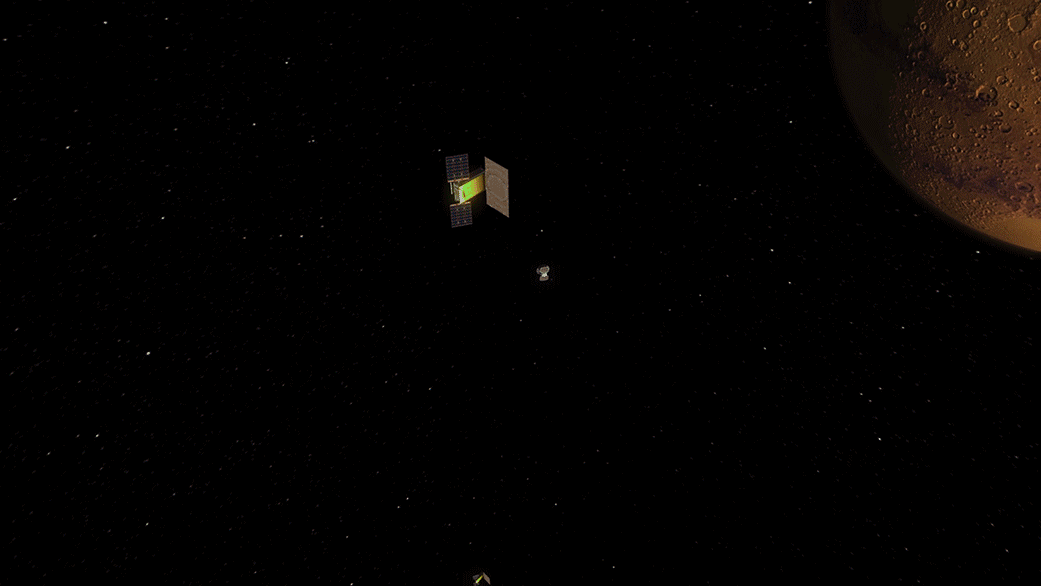NASA’s InSight mission aims to send a lander to Mars to study the crust, mantle, and core of the red planet. Launched in May this year, InSight is now nearly at its destination and will soon be touching down on the surface of Mars.
NASA has shared details on how it will monitor the touching down of the lander at the end of its 91 million mile journey. The first tools it will use are radio telescopes, which can pick up simple radio signals. As the lander descends into the Mars atmosphere, it will send out radio signals that researchers back home at NASA can pick up. Two locations will be listening out for the signal: one at the National Science Foundation’s Green Bank Observatory in Green Bank, West Virginia and one at the Max Planck Institute for Radio Astronomy’s facility at Effelsberg, Germany. These radio signals cannot give data about what the lander finds, but they can be used to work out basic information like what at speed the lander is descending thanks to the Doppler effect in which the frequency of a sound wave is affected by the movement of the source relative to the observer.
More detailed information about the lander will be gathered using two small spacecraft called Mars Cube One (MarCO). The MarCOs are each about the size of a briefcase and are an experimental technology that should fly behind the InSight lander and relay data back to Earth in real-time. They may even be able to capture an image of the surface of Mars as soon as the lander touches down.

In addition to the MarCOs, the Mars Reconnaissance Orbiter (MRO) spacecraft will also be nearby to record data about the InSight’s descent, although researchers will have to wait for the orbiter to disappear behind Mars and reappear on the other side before it can send back data. Finally, the 2001 Mars Odyssey, NASA’s oldest spacecraft at Mars, will also record data and images of InSight. Odyssey will pay particular attention to whether InSight has correctly deployed its solar arrays, which are especially important for the craft to collect solar power so it can perform its operations on Mars.
The landing is scheduled for November 26, 2018.



